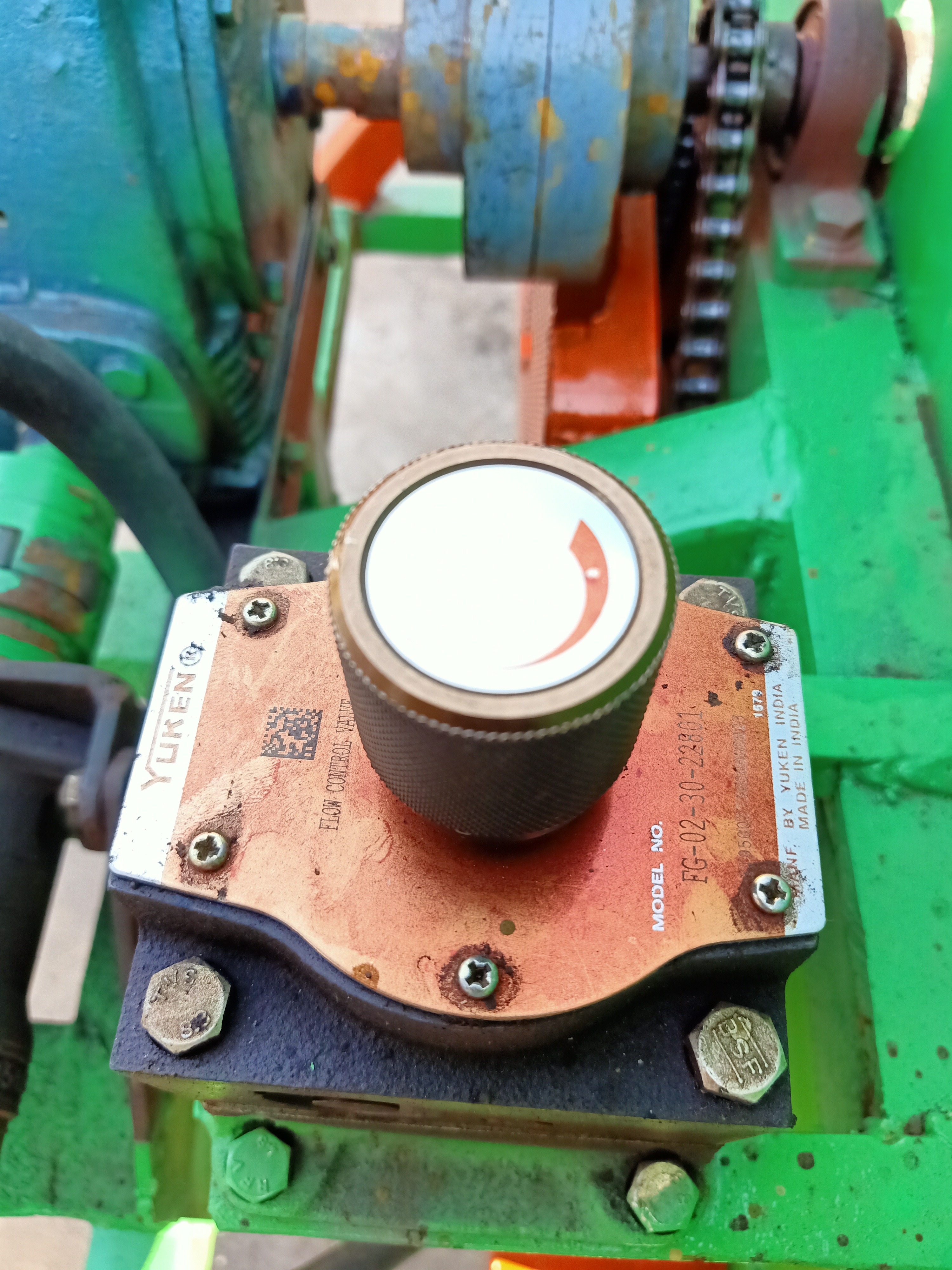Flow control (fluid) on:
[Wikipedia]
[Google]
[Amazon]
Flow control is a major rapidly-evolving field of 
fluid dynamics
In physics and engineering, fluid dynamics is a subdiscipline of fluid mechanics that describes the flow of fluids— liquids and gases. It has several subdisciplines, including ''aerodynamics'' (the study of air and other gases in motion) a ...
. It implies a small change of a configuration serving an ideally large engineering benefit, like drag reduction, lift
Lift or LIFT may refer to:
Physical devices
* Elevator, or lift, a device used for raising and lowering people or goods
** Paternoster lift, a type of lift using a continuous chain of cars which do not stop
** Patient lift, or Hoyer lift, mobil ...
increase, mixing enhancement or noise
Noise is unwanted sound considered unpleasant, loud or disruptive to hearing. From a physics standpoint, there is no distinction between noise and desired sound, as both are vibrations through a medium, such as air or water. The difference aris ...
reduction. This change may be accomplished by passive or active devices.
Passive devices, like turbulators or roughness elements, are steady and require no energy by definition. Active control requires actuators that may be driven in a time-dependent manner and require energy. Examples are valves
A valve is a device or natural object that regulates, directs or controls the flow of a fluid (gases, liquids, fluidized solids, or slurries) by opening, closing, or partially obstructing various passageways. Valves are technically fitting ...
and plasma actuator
Plasma or plasm may refer to:
Science
* Plasma (physics), one of the four fundamental states of matter
* Plasma (mineral), a green translucent silica mineral
* Quark–gluon plasma, a state of matter in quantum chromodynamics
Biology
* Blood pl ...
s. The actuation command may be pre-determined (open-loop control) or be dependent on sensors monitoring the flow state (closed-loop control).

Active control
Airplane wing performance has a substantial effect on not only the runway length, approach speed, climb rate, cargo capacity, and operation range but also the community noise and emission levels. The wing performance is often degraded byflow separation
In fluid dynamics, flow separation or boundary layer separation is the detachment of a boundary layer from a surface into a wake.
A boundary layer exists whenever there is relative movement between a fluid and a solid surface with viscous f ...
, which strongly depends on the aerodynamic design of the airfoil profile. Furthermore, non-aerodynamic constraints are often in conflict with aerodynamic restrictions, and flow control is required to overcome such difficulties. Techniques that have been developed to manipulate the boundary layer
In physics and fluid mechanics, a boundary layer is the thin layer of fluid in the immediate vicinity of a bounding surface formed by the fluid flowing along the surface. The fluid's interaction with the wall induces a no-slip boundary cond ...
, either to increase the lift or decrease the drag, and separation delay are classified under the general heading of flow control. Flow control methods are divided into passive, which require no auxiliary power and no control loop, and active, which require energy expenditure. Passive techniques include geometric shaping, the use of vortex generators, and the placement of longitudinal grooves or riblets on airfoil surfaces. Examples of active flow control methods include steady suction or blowing, unsteady suction or blowing, and the use of synthetic jets.
References
{{Engineering-stub Fluid dynamics Control devices